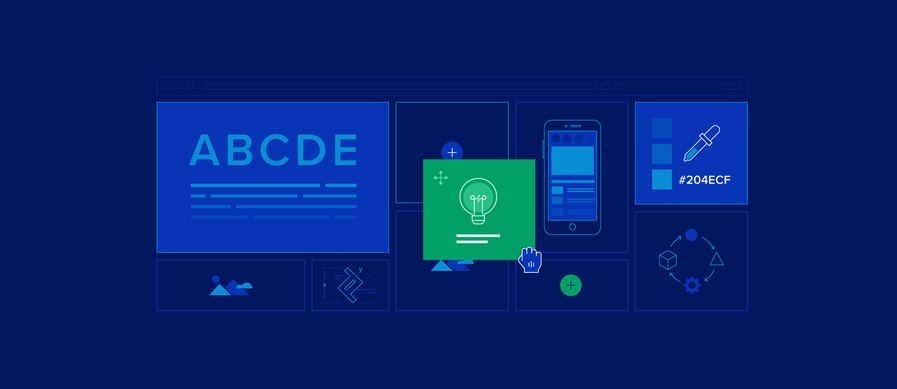Graphic designers and creative professionals everywhere can agree – sending designs you’ve spent hours working on to a client is an exciting and nerve-wracking experience. After pouring your heart into creating quality pieces, the only thing left to do is ensure that it arrives safely in their hands. To ensure your graphic design portfolios are being received as professionally as possible, there are a few key tips and tricks you should keep in mind before hitting ‘send’! This blog post will share our tried-and-true advice for preparing and delivering the absolute best versions of your artwork for client approval. So get ready – let’s dive into the world of successful design delivery!
What every graphic designer needs to know about accepting payments
Accepting payments for your graphic design services has become an increasingly important part of running a successful business. Whether you are taking payments from clients or selling products online, it is essential to have a reliable payment system.
When deciding which payment method to use, it’s important to consider the customer’s preferences and needs in addition to your own. Popular options include credit card processing, PayPal, Stripe, and bank transfers. Each method has its advantages and disadvantages that should be considered before making a choice.
Credit card payments are one of the most common ways to accept payments, as they provide convenient access to funds right away. However, transaction fees are often associated with this type of payment, so it’s important to factor that into your pricing structure. Additionally, there may be additional security considerations, such as keeping customer data secure and compliant with credit card industry regulations.

PayPal is a popular choice among many graphic designers because of its ease of use and low fees. It also offers additional features like refunds, subscriptions, and invoicing which can come in handy when managing large projects or working with recurring clients. The downside is that it isn’t accepted everywhere and not all customers may have a PayPal account.
Stripe is another payment processor worth looking into if you’re accepting payments online. It’s easy to set up and doesn’t require any extra hardware or software installations. Plus, Stripe offers detailed analytics on transactions and customer data which can be invaluable when analyzing your payment process.
Finally, bank transfer money from Poland to Ukraine are another option for accepting payments. This method involves transferring funds directly from the customer’s account to yours and is often preferred by those who prefer more control over the process. However, it can take a few days for the money to show up in your bank account, so it’s important to factor this into any timeline or invoicing deadlines you have.
No matter which payment method you choose, clearly communicate it with your clients and provide detailed instructions on how they can complete their transactions. You should also consider using an automated billing or invoicing system to streamline the process and reduce errors. With the right payment system in place, you can ensure that your graphic design business runs smoothly and successfully.
For help setting up a payment system for your business or to learn more about how to accept payments, contact us today. We’re here to answer any questions you may have and provide assistance every step of the way.
Ways for successfully sending graphic designs to clients
- Ask for feedback early: Asking clients for feedback on your designs before they are finalized can help you ensure that the final product meets their expectations. This also allows them to provide input while there is still time to make changes, avoiding misunderstandings and costly revision requests later on.
 Check compatibility: Before sending out any design files, ensure the file type is compatible with the client’s systems and programs. It’s also important to consider file size – larger graphic design files can take too long to download or may not even be able to be opened by some email programs or web browsers.
Check compatibility: Before sending out any design files, ensure the file type is compatible with the client’s systems and programs. It’s also important to consider file size – larger graphic design files can take too long to download or may not even be able to be opened by some email programs or web browsers.- Include instructions: Providing detailed instructions about how to view a design properly will save time and help ensure that the client can view it exactly as intended. This is especially important for interactive designs such as websites, apps, or motion graphics.
- Use cloud services: Sending large design files via email can be tricky. Instead of relying on this method, upload files to a cloud-based storage service like Dropbox or Box and send the link to the client instead. This way, they will have quick access without worrying about file size issues.
- Follow up: After sending out the final design files, follow up with your clients to ensure they are satisfied. This allows them to provide feedback before you move onto the next project and helps maintain trust in your relationship over time. It also helps ensure that the client has received all the needed files.
By following these steps, you’ll be able to successfully send graphic design files to your clients and create a positive working relationship.









